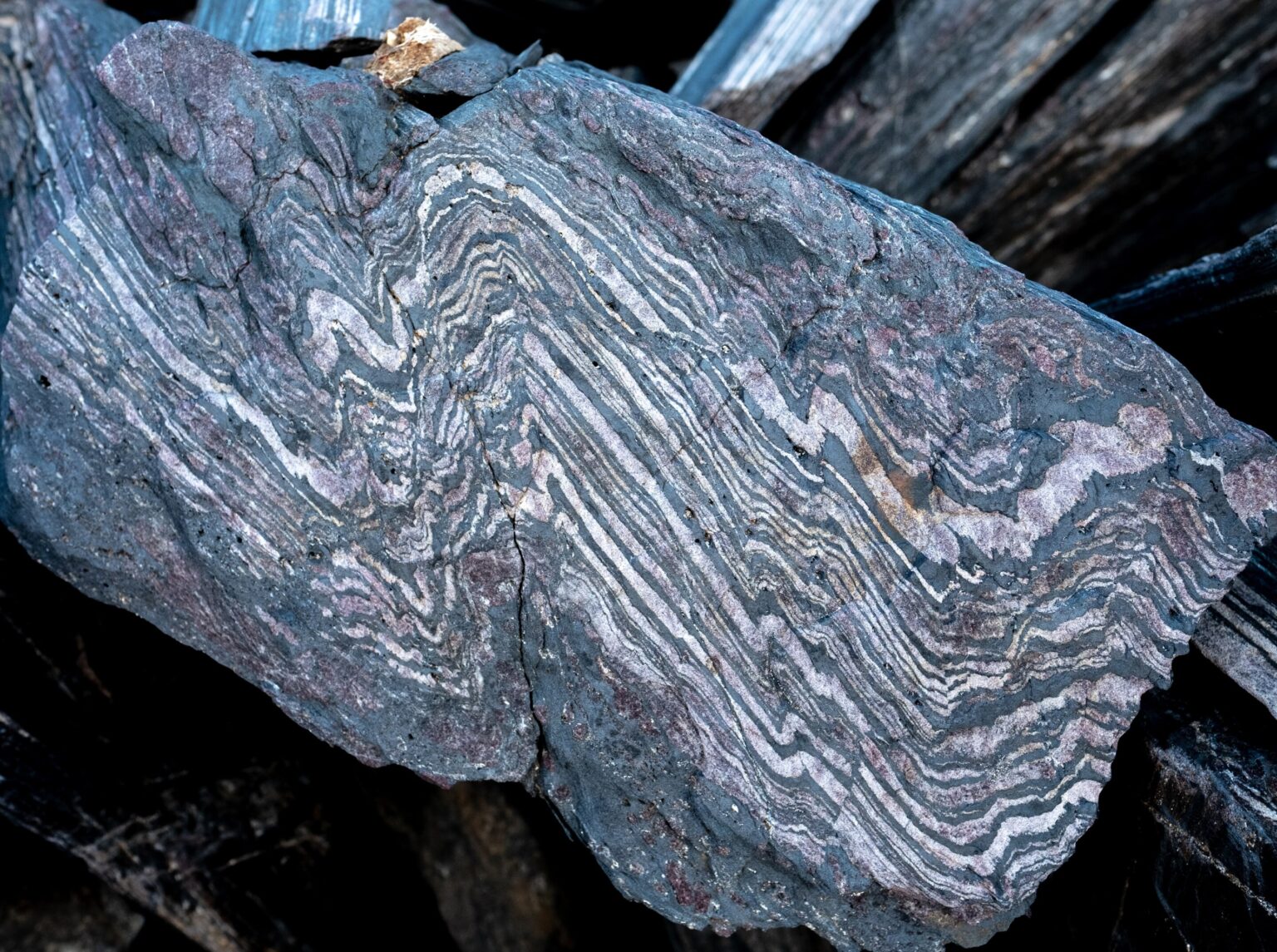Scientists have found particles of iron-containing materials in the Greenland geological formation. They bear the imprint of the Earth’s 3.7 billion-year-old magnetic field. This is the oldest known evidence of its existence. This is the oldest known evidence of its existence.

Traces of the Earth’s magnetic field
A new study led by the University of Oxford and the Massachusetts Institute of Technology has obtained a 3.7 billion-year-old record of the Earth’s magnetic field. It turned out to be remarkably similar to what surrounds the Earth today. The results of the study were published in the Journal of Geophysical Research.
Without a magnetic field, life on Earth would be impossible, because it protects us from harmful cosmic radiation and charged particles that the Sun emits. But until now, it has not been reliably known when it became the way we know it today.
In their study, the scientists studied ancient iron-bearing rocks from the Isua geological formation, Greenland. The iron particles are magnetized, which makes it possible to register both the strength and the direction of the field when the crystallization process fixes them in place.
The researchers found that rocks dating back 3.7 billion years ago recorded a magnetic field with a strength of at least 15 microtesla, which is comparable to the modern magnetic field (30 microtesla). These results provide the oldest estimate of the Earth’s magnetic field strength, derived from whole rock samples, which is a much more accurate result than in all previous studies.
Radiation protection
Although the magnetic field strength remains relatively constant, the solar wind should have been much stronger in the past. This means that over time, the protection of living organisms from it should have become better over time. This allowed them to get out of the oceans onto land.
The Earth’s magnetic field is generated by mixing molten iron in the liquid outer core under the action of buoyancy forces as its internal parts solidify, which creates a kind of dynamo.
During the early period of the Earth’s formation, the solid core of the Earth had not yet formed, which leads to the question of how the magnetic field could have existed at that time. New evidence suggests that this process is similar to what is happening today.
Magnetic field and rocks
Understanding how the magnetic field strength has changed over time is also key to determining when the Earth’s inner, solid core began to form. This will help us understand how quickly heat is leaking from the depths of our planet, which is key to understanding processes such as plate tectonics.
A significant challenge in reconstructing the Earth’s magnetic field so far in the past is that any event that heats the rock can change the stored signals. Rocks in the earth’s crust often have a long and complex geological history that erases information about what happened before.
However, the Isua formation has a unique geology, as it is located on a thick continental crust that protects it from significant tectonic activity and deformations. This allowed the researchers to collect clear evidence of the existence of a magnetic field 3.7 billion years ago. It also becomes clear how it affected the formation of the atmosphere of our planet.
In the future, researchers hope to expand our knowledge of the Earth’s magnetic field to the appearance of oxygen in the atmosphere about 2.5 billion years ago by studying other ancient rocks in Canada, Australia and South Africa.
According to phys.org
Follow us on Twitter to get the most interesting space news in time
https://twitter.com/ust_magazine


